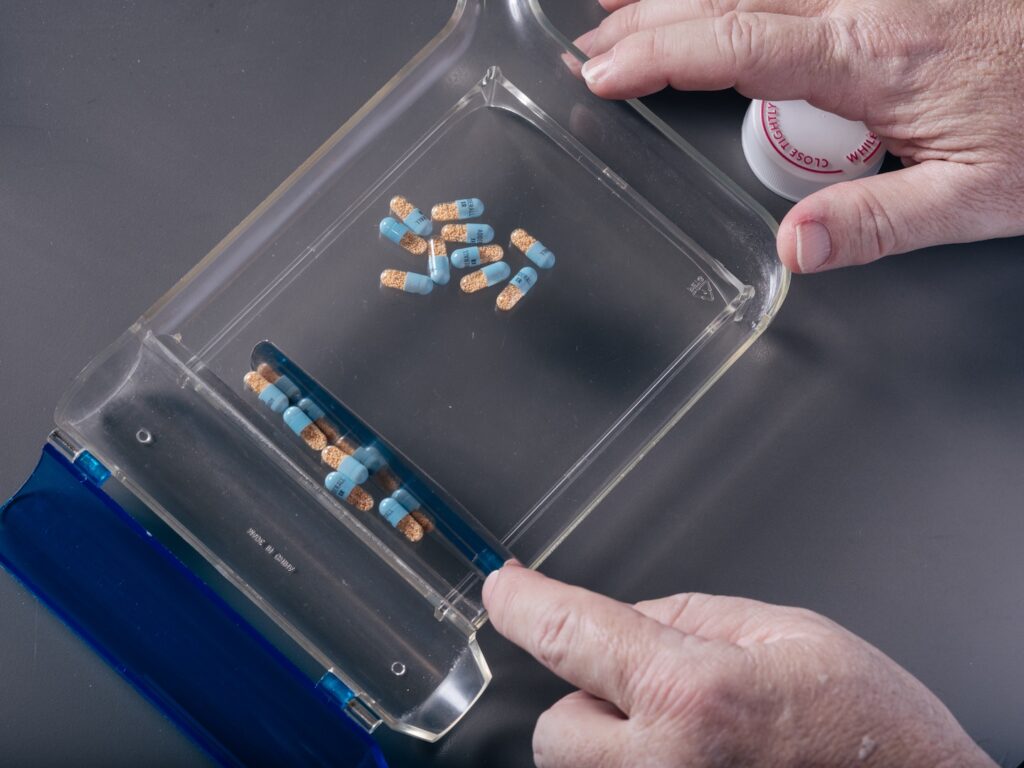The study’s authors said the mental health impact of the pandemic may have exacerbated ADHD symptoms, while a federal effort to make it easier to get medical care online may have increased access to prescription stimulants.
“The combination of potential increased need and reduced barriers to access prescription stimulants might have encouraged more adults with ADHD symptoms to seek diagnosis and treatment,” the authors wrote. Although that might have benefited those with such symptoms, “it might also have introduced the potential for inadequate ADHD evaluations and inappropriate stimulant prescribing,” they added.
The findings highlight the need for developing clinical guidelines to treat adults for ADHD, the study states, calling the lack of it a “public health concern.”
The sharp rise in prescriptions for Adderall, a stimulant approved to treat ADHD and tightly regulated for its abuse potential, has contributed to a shortage of the drug. Prescription data indicates that telehealth has played a role in the surge, with virtual visits accounting for nearly 40 percent of stimulant prescriptions last year, up from less than 2 percent before the pandemic, The Washington Post has reported.
Before the pandemic, federal regulations required patients to meet a health-care provider in person to be prescribed a stimulant regulated by the Drug Enforcement Administration. After a federal public-health emergency was declared, a temporary waiver allowed doctors to prescribe stimulants and other DEA-regulated drugs by telehealth. That gave rise to an industry offering virtual care to prescribe a range of drugs that previously could be obtained only in person, from benzodiazepines to ketamine.
With the emergency declaration set to expire May 11, the DEA is proposing a rule that would restore the requirement for an in-person evaluation for a stimulant prescription, among other controlled substances. That has fueled pushback from patients and medical professionals who say it would again restrict access to life-altering medications.
The CDC’s study found that prescription stimulants were most common among children and young adults, but the sharpest increases in recent years were among adults. For two groups of women — ages 15 to 44, and 50 to 54 — the percentage receiving at least one stimulant prescription rose between 14.3 percent and 19.2 percent from 2020 to 2021.
The pattern was similar for men ages 25 to 44 and 50 to 54, with those filling at least one prescription increasing between 11.1 percent and 14.7 percent in 2021. The percentage of men younger than 19 with a prescribed stimulant decreased that year.
“We hadn’t really seen an increase like that, that kind of magnitude, in previous years,” Melissa Danielson, a CDC statistician and the study’s lead author, said of adult use of stimulants. In addition to the effects of the pandemic and telehealth, she said, “increased awareness about ADHD in adults has encouraged more people that have symptoms to go and get evaluated.”
ADHD is a neurodevelopmental disorder believed to affect 6 million kids in the United States, associated with inattention and impulsivity, but it has been increasingly recognized as a long-lasting condition that may be underdiagnosed in adults.
The CDC study analyzed insurance claims for people between ages 5 and 64 who were covered by an employer-sponsored plan. Among other limitations, the data didn’t include care for people who pay out of pocket and didn’t reflect whether prescriptions resulted from telehealth encounters.

